Flower power: Taryn Simon explores politics and global wealth at the Gagosian

When artist Taryn Simon came across a photo of Adolf Hitler signing an agreement surrounded by dignitaries, she was struck by a seemingly incongruous floral centerpiece in the middle of the scene. Later, she noticed another flower arrangement in a photo of the 1944 Bretton Woods Conference – a conference held in the United States that established the World Bank and International Monetary Fund. Over and over, Simon came across these generic images of men signing world-changing agreements with a floral arrangement nearby.
Combining this motif with a 19th century horticulture book, Simon crafted her latest exhibition, ‘Paperwork and the Will of Capital’. For it, she recreated 36 flower arrangements used in signings that involve the countries present at Bretton Woods. She worked with a botanist to identify the flowers and imported over 4,000 plants from the world’s largest flower auction in Aalsmeer, The Netherlands. Each of the arrangements is also an 'impossible bouquet', a concept that emerged from 17th-century Dutch still-lifes, in which flowers that could not exist together in real life due to seasonality or distance are painted together as a show of status and wealth.
‘Taryn has the instincts and energies of an investigative reporter,’ says Gagosian gallery director Louise Neri. ‘Her work is the point of departure where the instability of facts and history are revealed.’
The arrangements are presented as 215-cm-by-186-cm prints, with the original table and background distilled into one-third foreground and two-third background blocks of color. Displayed in mahogany frames to emulate boardroom furniture and accompanied by an inset description of the treaty signing, these are Simon’s largest single images to date.
Additionally, the artist created her first sculptures by crafting 12 concrete flower presses for each arrangement that house dried and pressed versions of the flowers used for the photographs, sewn on archival herbarium paper. The sculptures are doubles themselves, in the sense that they can bedisplayed as an open book or in the closed, 'pressed' version.
They also include 12 additional photographs of the arrangements Simon created before selecting the larger photographs, along with descriptions of the treaties and their contexts. Her intentions here refer to the fact that we ultimately don't know which versions of these agreements will actually last – the physical flowers, the photographs, the treaties or even the English language itself.

Struck by a photo she saw of Adolf Hitler signing a treaty surrounded by dignitaries with a seemingly incongruous floral centerpiece in the middle of the scene, Simon began extensive research to identify and recreate the flowers that appeared at other key events

An arrangement of tea roses, gerberas, hydrangeas and dendrobium represents the establishing of the International Islamic Trade Finance Corporation in 2006. The agreement was created to conduct sharia-compliant trade finance in 57 member states, including Iraq, Afghanistan, Pakistan, Syria, Sudan, Iran, Turkey, Yemen and Libya. Pictured: Agreement Establishing the International Islamic Trade Finance Corporation, Al-Bayan Palace, Kuwait City, Kuwait, May 30, 2006

In 2014, Australian immigration minister Scott Morrison and Cambodian interior minister Sar Kheng signed an agreement to transfer Australian refugees from Nauru to Cambodia. Anthuriums, dendrobiums, mokara orchids and tea roses were present. Pictured: Memorandum of Understanding between the Royal Government of Cambodia and the Government of Australia Relating to the Settlement of Refugees in Cambodia, Ministry of Interior, Phnom Penh, Cambodia, September 26, 2014
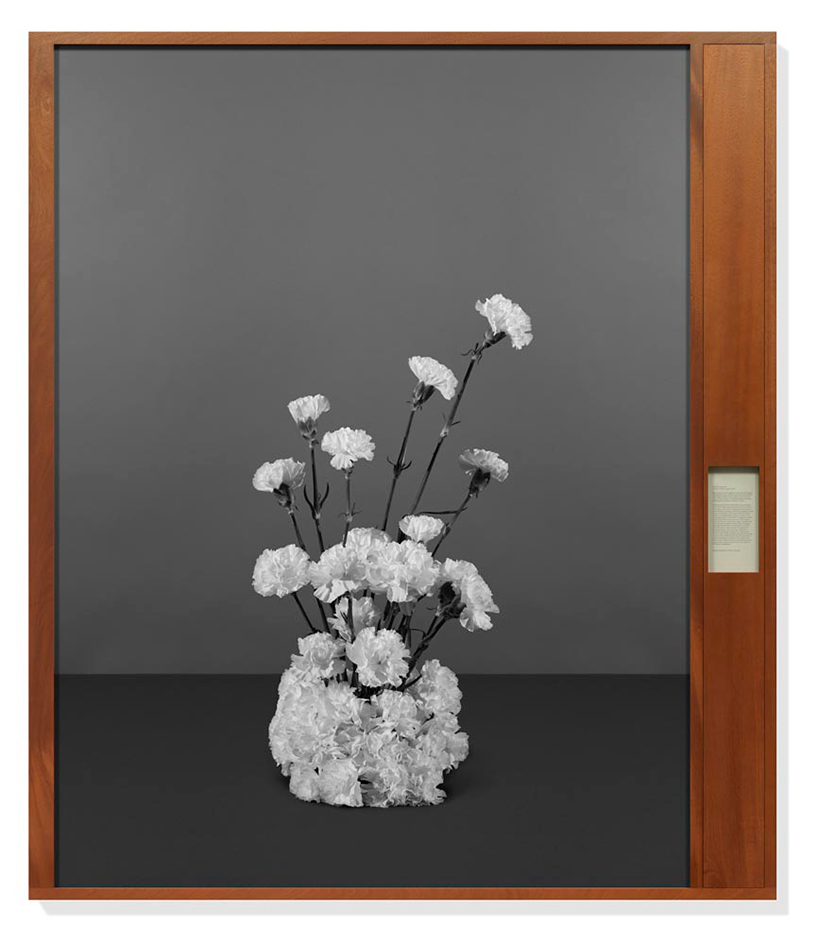
An arrangement of carnations symbolise the 1968 Bratislava Declaration, where representatives from the Bulgarian Communist Party, Hungarian Socialist Workers’ Party, Socialist Unity Party of Germany, Polish United Workers’ Party, Communist Party of the Soviet Union, and the Communist Party of Czechoslovakia reaffirmed their commitment to Marxism-Leninism. The piece is in black and white to reflect the black and white nature of the source material. Pictured: Bratislava Declaration, Bratislava, Slovakia, August 3, 1968
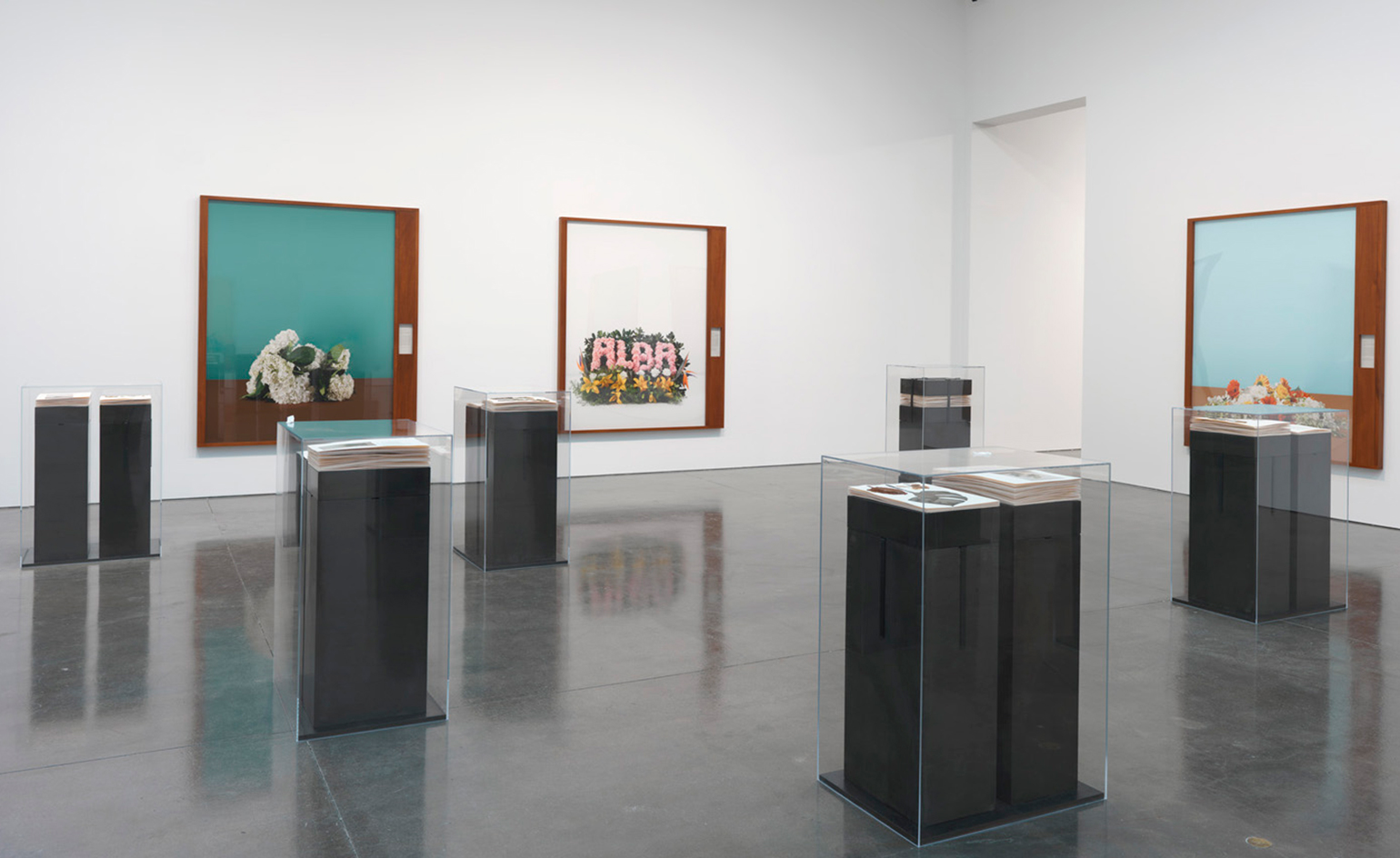
In addition to being the largest single images Simon has created to date, the show also presents the artist’s first sculptures: 12 concrete flower presses for each arrangement that house dried and pressed versions of the flowers used for the photographs, sewn on archival herbarium paper
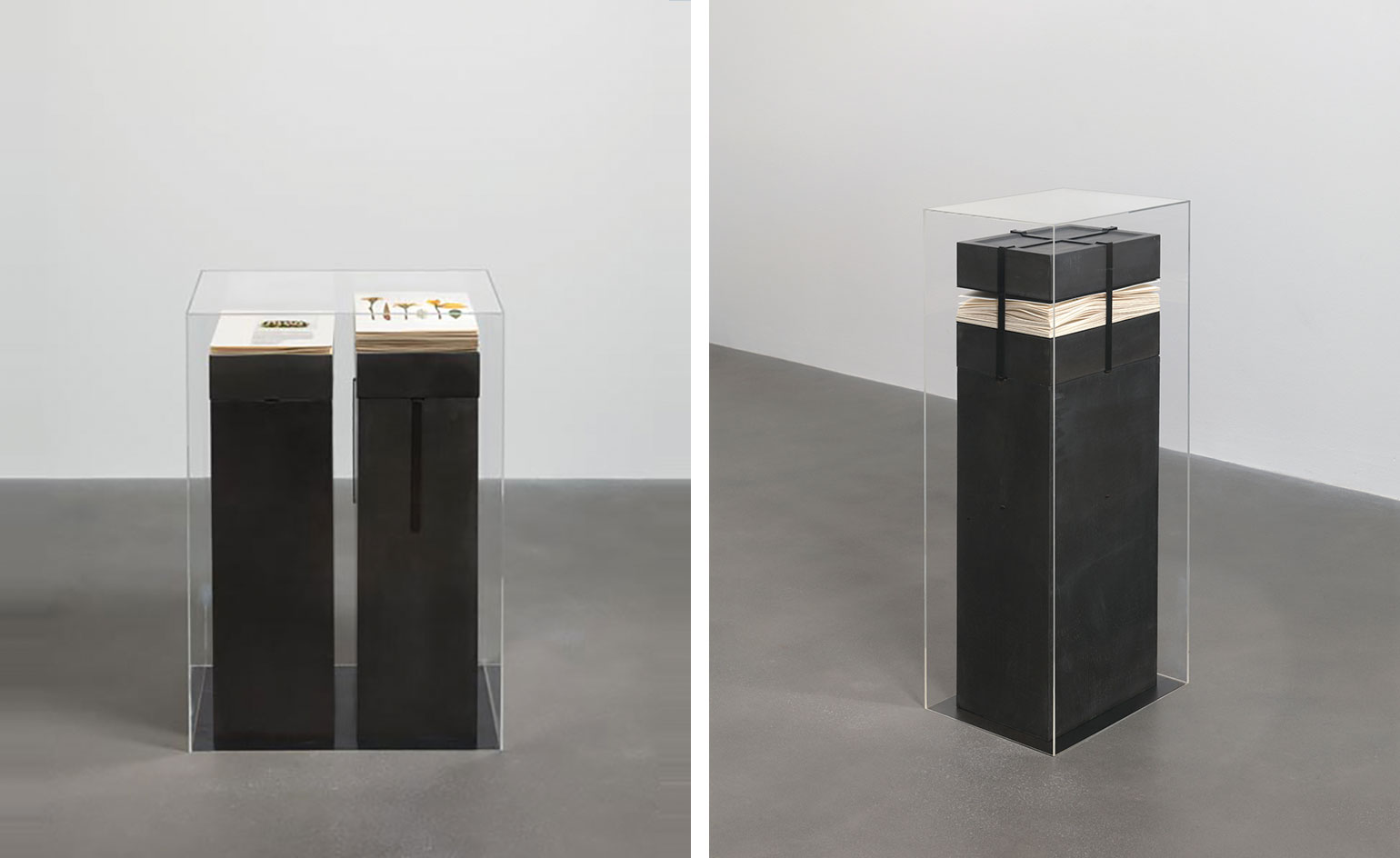
A closer view of Simon’s flower press sculptures which can either be displayed as open ’book’, meant to be leafed through and observed, pictured right, or as a closed, ’pressed’ version, pictured left
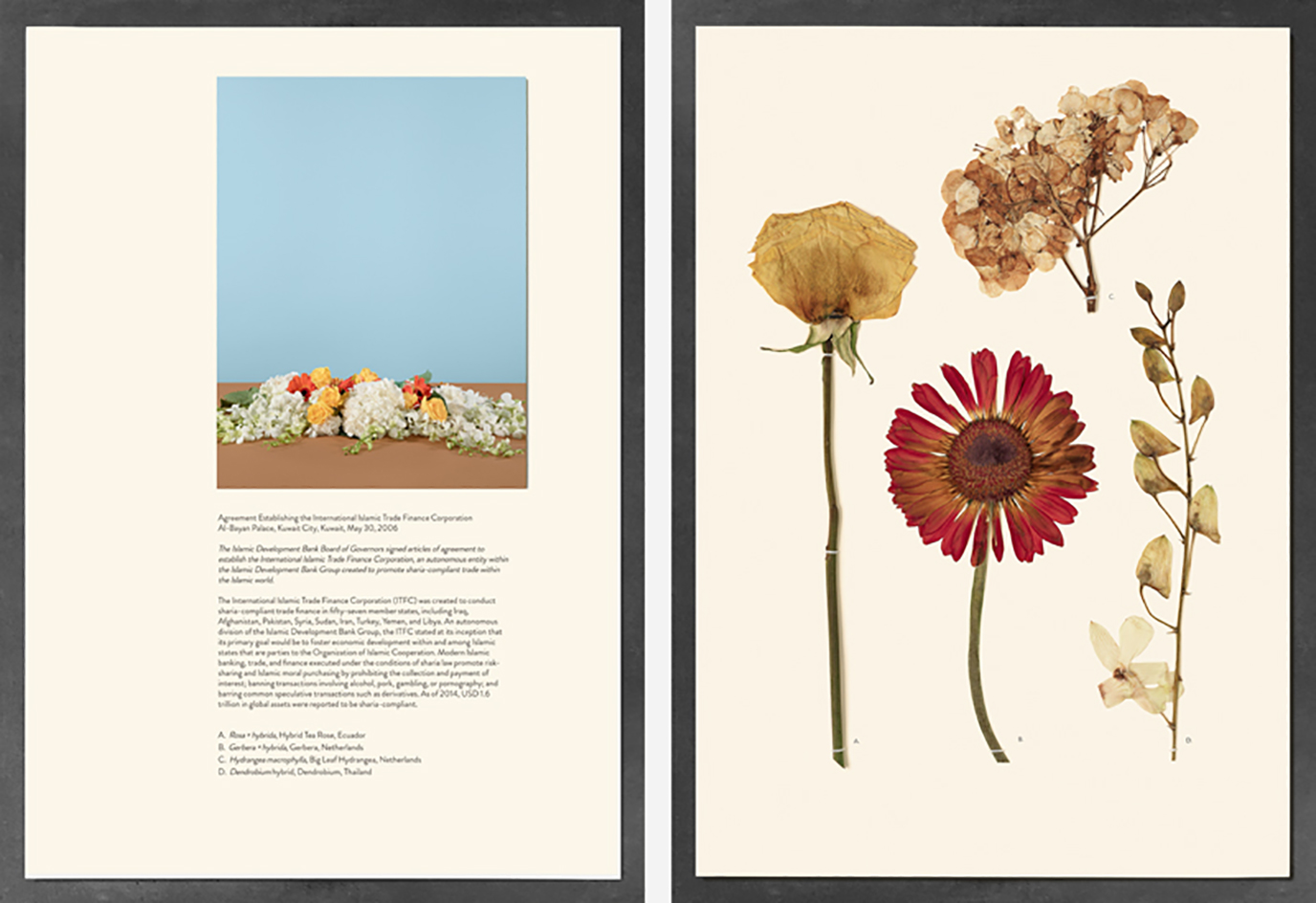
Each page in the sculpture book is one-of-a-kind. Pictured: a page showing pressed flowers, a photograph of the arrangement and accompanying text for the International Islamic Trade Finance Corporation agreement
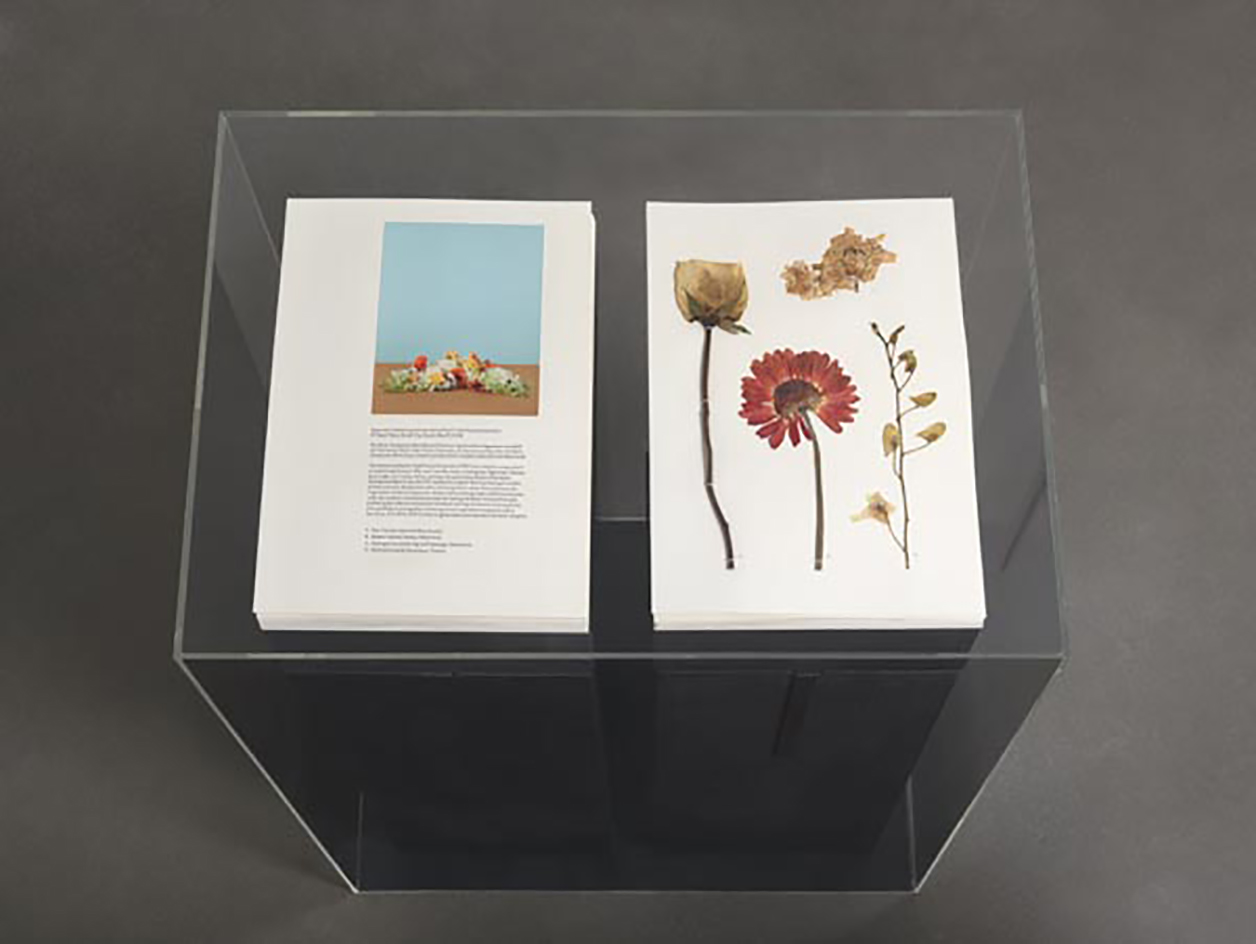
Simon worked with a botanist to make the physical specimens, while recreating each arrangement and photographing it specially each time to create a true edition of 12
INFORMATION
‘Paperwork and the Will of Capital’ is on view until 26 March. For more details, visit that Gagosian’s website
All images © Taryn Simon, courtesy of Taryn Simon and Gagosian Gallery
ADDRESS
Gagosian Gallery
555 West 24th Street
New York, NY 10011
Receive our daily digest of inspiration, escapism and design stories from around the world direct to your inbox.
-
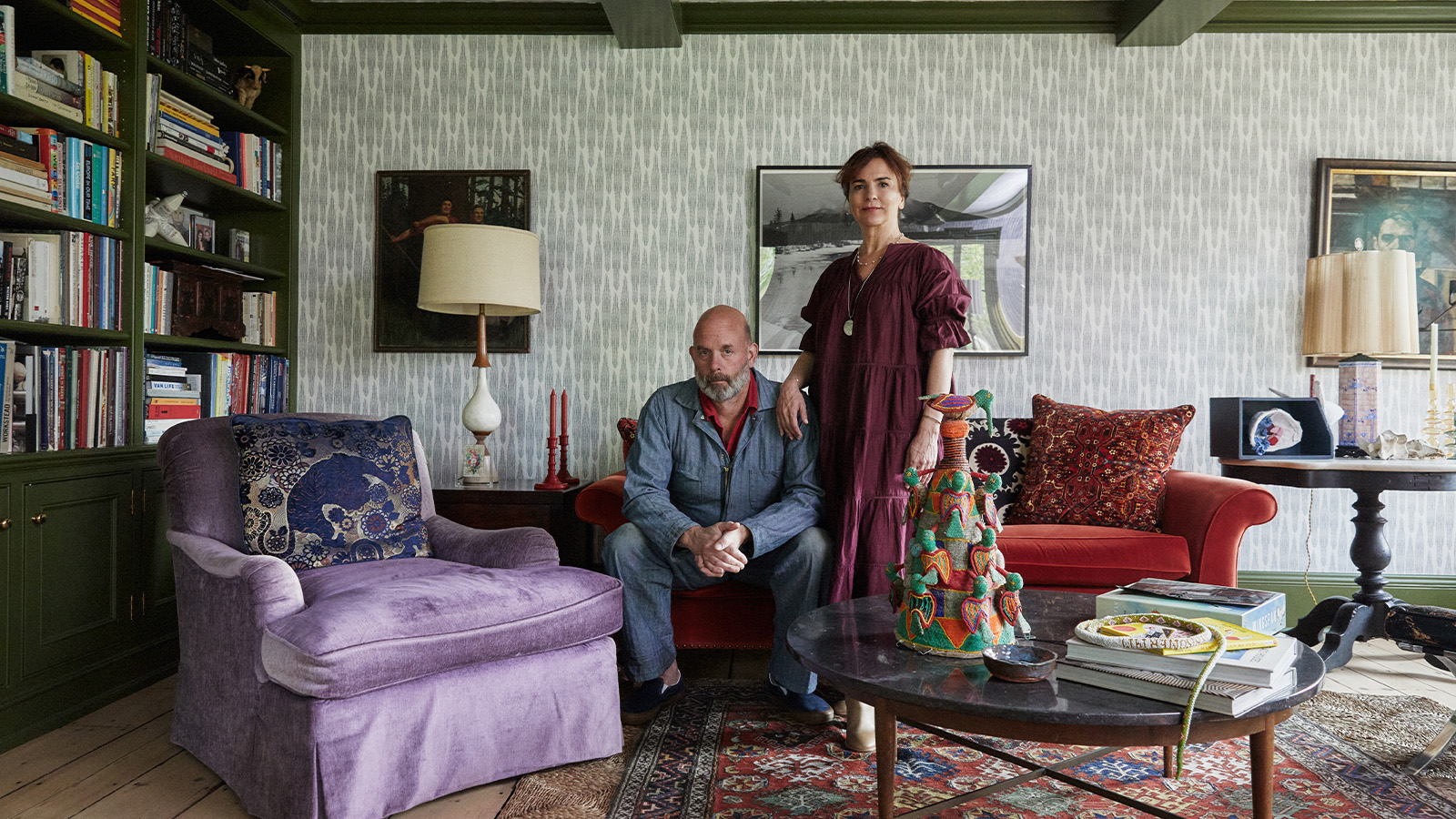 How We Host: Interior designer Heide Hendricks shows us how to throw the ultimate farmhouse fête
How We Host: Interior designer Heide Hendricks shows us how to throw the ultimate farmhouse fêteThe designer, one half of the American design firm Hendricks Churchill, delves into the art of entertaining – from pasta to playlists
-
 Arbour House is a north London home that lies low but punches high
Arbour House is a north London home that lies low but punches highArbour House by Andrei Saltykov is a low-lying Crouch End home with a striking roof structure that sets it apart
-
 25 of the best beauty launches of 2025, from transformative skincare to offbeat scents
25 of the best beauty launches of 2025, from transformative skincare to offbeat scentsWallpaper* beauty editor Mary Cleary selects her beauty highlights of the year, spanning skincare, fragrance, hair and body care, make-up and wellness
-
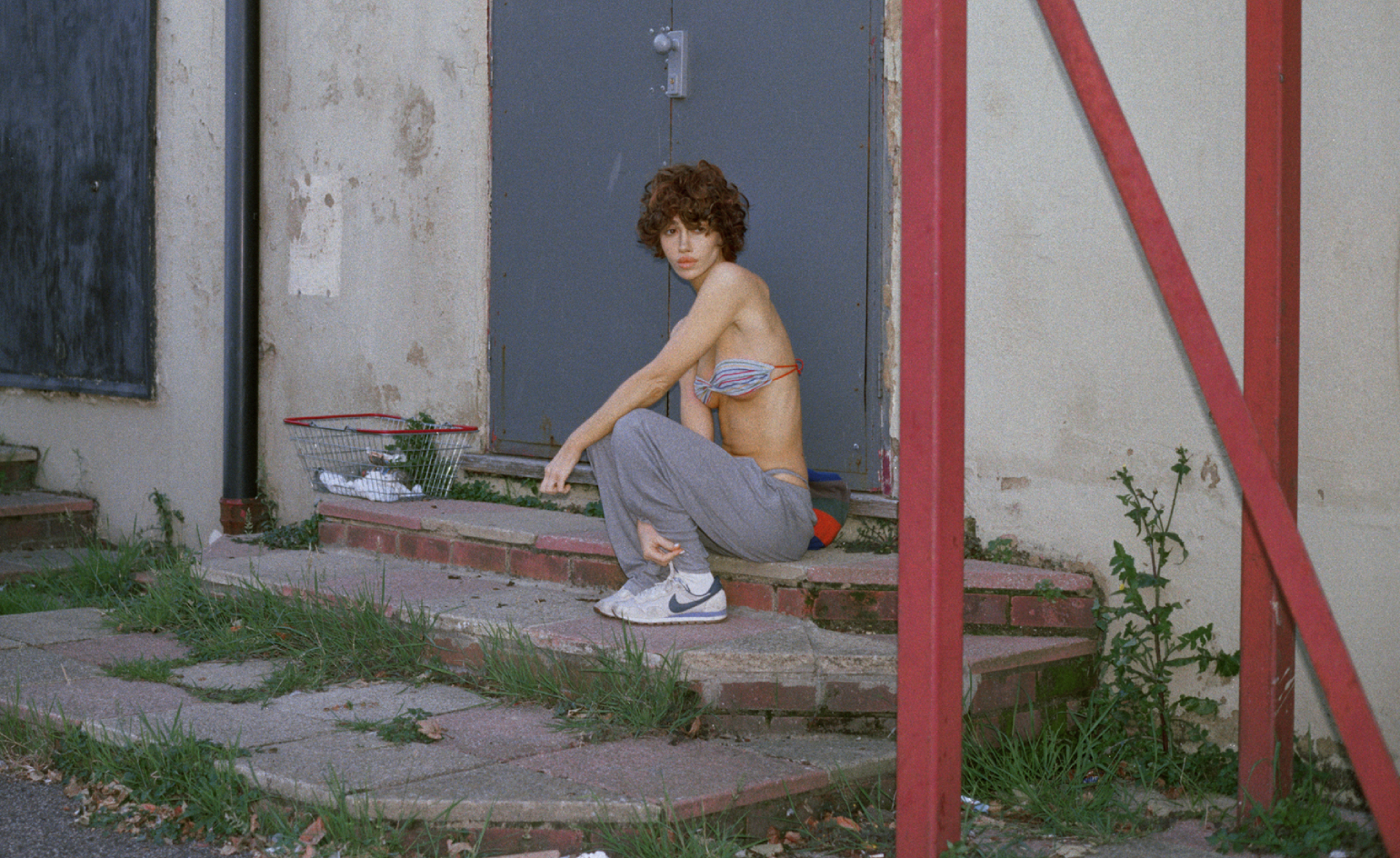 Nadia Lee Cohen distils a distant American memory into an unflinching new photo book
Nadia Lee Cohen distils a distant American memory into an unflinching new photo book‘Holy Ohio’ documents the British photographer and filmmaker’s personal journey as she reconnects with distant family and her earliest American memories
-
 Out of office: The Wallpaper* editors’ picks of the week
Out of office: The Wallpaper* editors’ picks of the weekIt’s been a week of escapism: daydreams of Ghana sparked by lively local projects, glimpses of Tokyo on nostalgic film rolls, and a charming foray into the heart of Christmas as the festive season kicks off in earnest
-
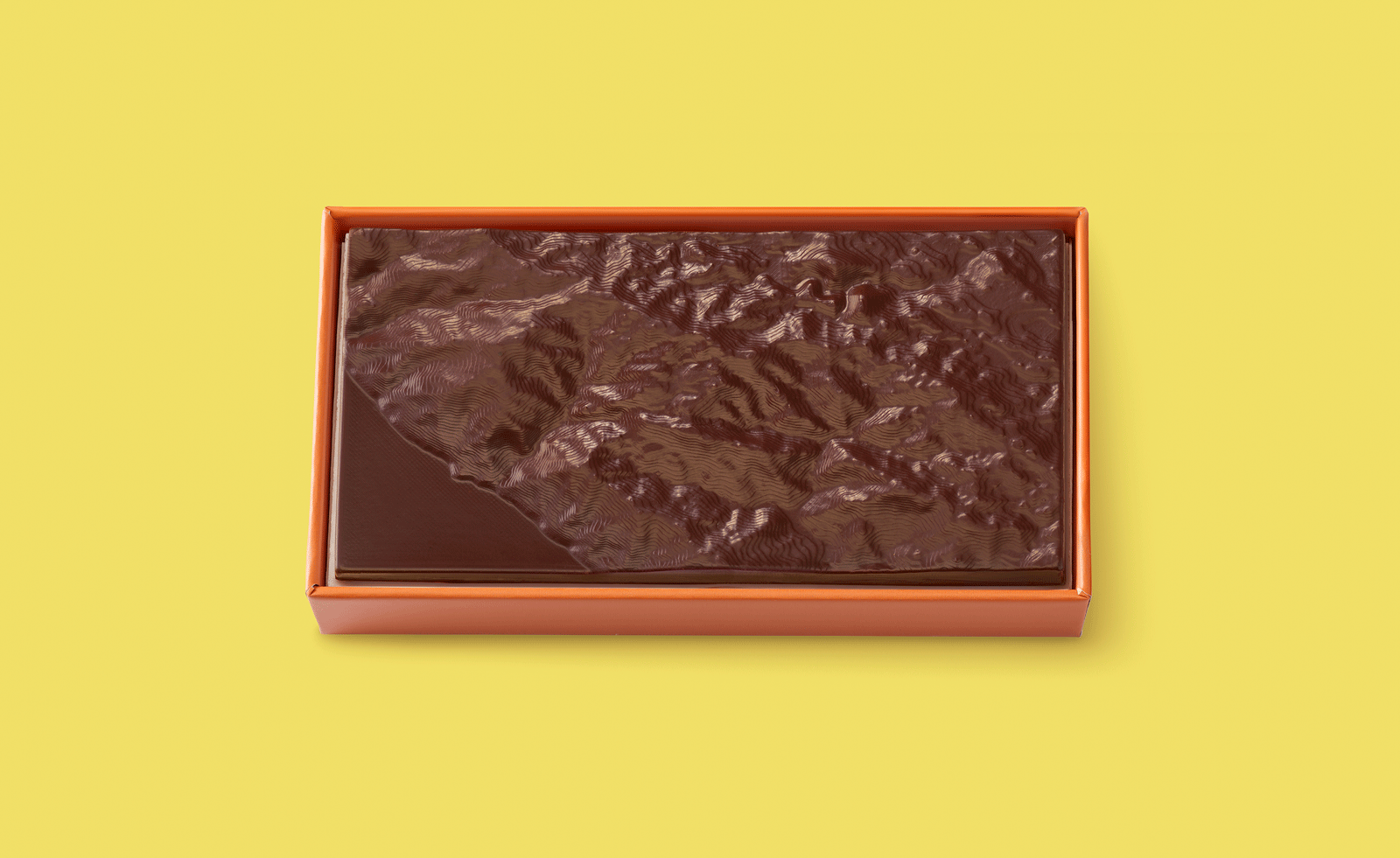 Ed Ruscha’s foray into chocolate is sweet, smart and very American
Ed Ruscha’s foray into chocolate is sweet, smart and very AmericanArt and chocolate combine deliciously in ‘Made in California’, a project from the artist with andSons Chocolatiers
-
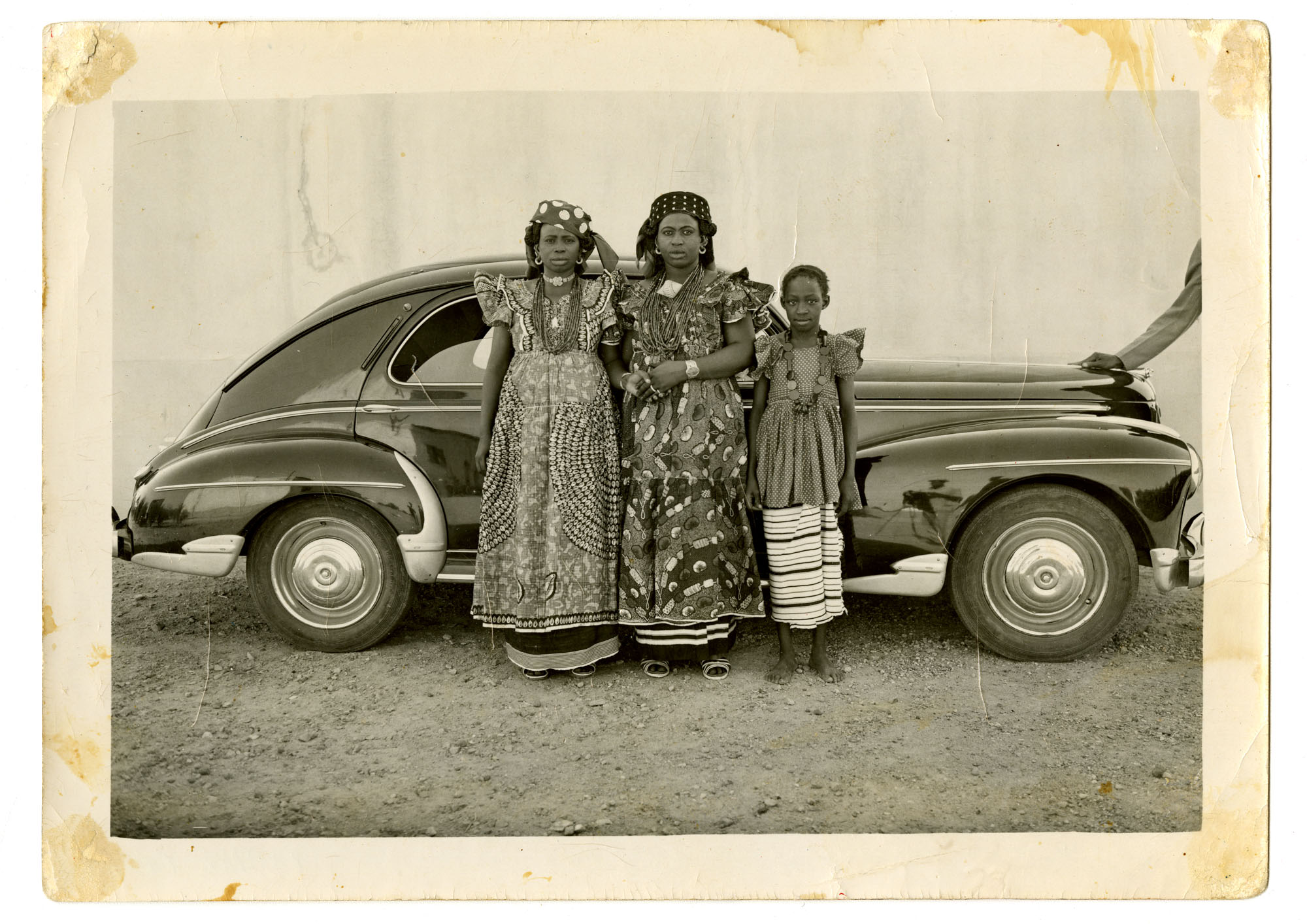 Inside the work of photographer Seydou Keïta, who captured portraits across West Africa
Inside the work of photographer Seydou Keïta, who captured portraits across West Africa‘Seydou Keïta: A Tactile Lens’, an exhibition at the Brooklyn Museum, New York, celebrates the 20th-century photographer
-
 Out of office: The Wallpaper* editors’ picks of the week
Out of office: The Wallpaper* editors’ picks of the weekFrom sumo wrestling to Singaporean fare, medieval manuscripts to magnetic exhibitions, the Wallpaper* team have traversed the length and breadth of culture in the capital this week
-
 María Berrío creates fantastical worlds from Japanese-paper collages in New York
María Berrío creates fantastical worlds from Japanese-paper collages in New YorkNew York-based Colombian artist María Berrío explores a love of folklore and myth in delicate and colourful works on paper
-
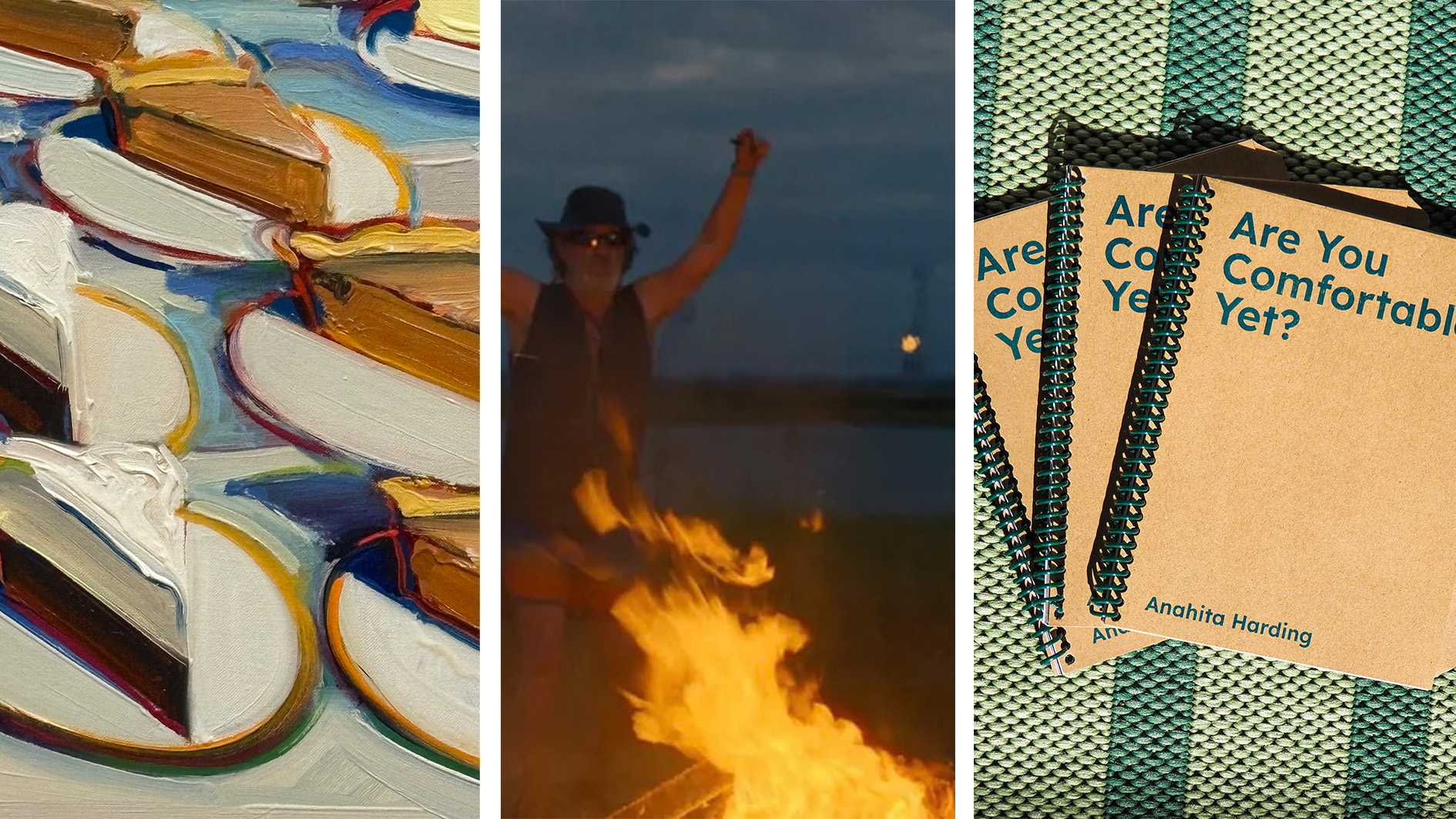 Out of office: the Wallpaper* editors’ picks of the week
Out of office: the Wallpaper* editors’ picks of the weekAs we approach Frieze, our editors have been trawling the capital's galleries. Elsewhere: a 'Wineglass' marathon, a must-see film, and a visit to a science museum
-
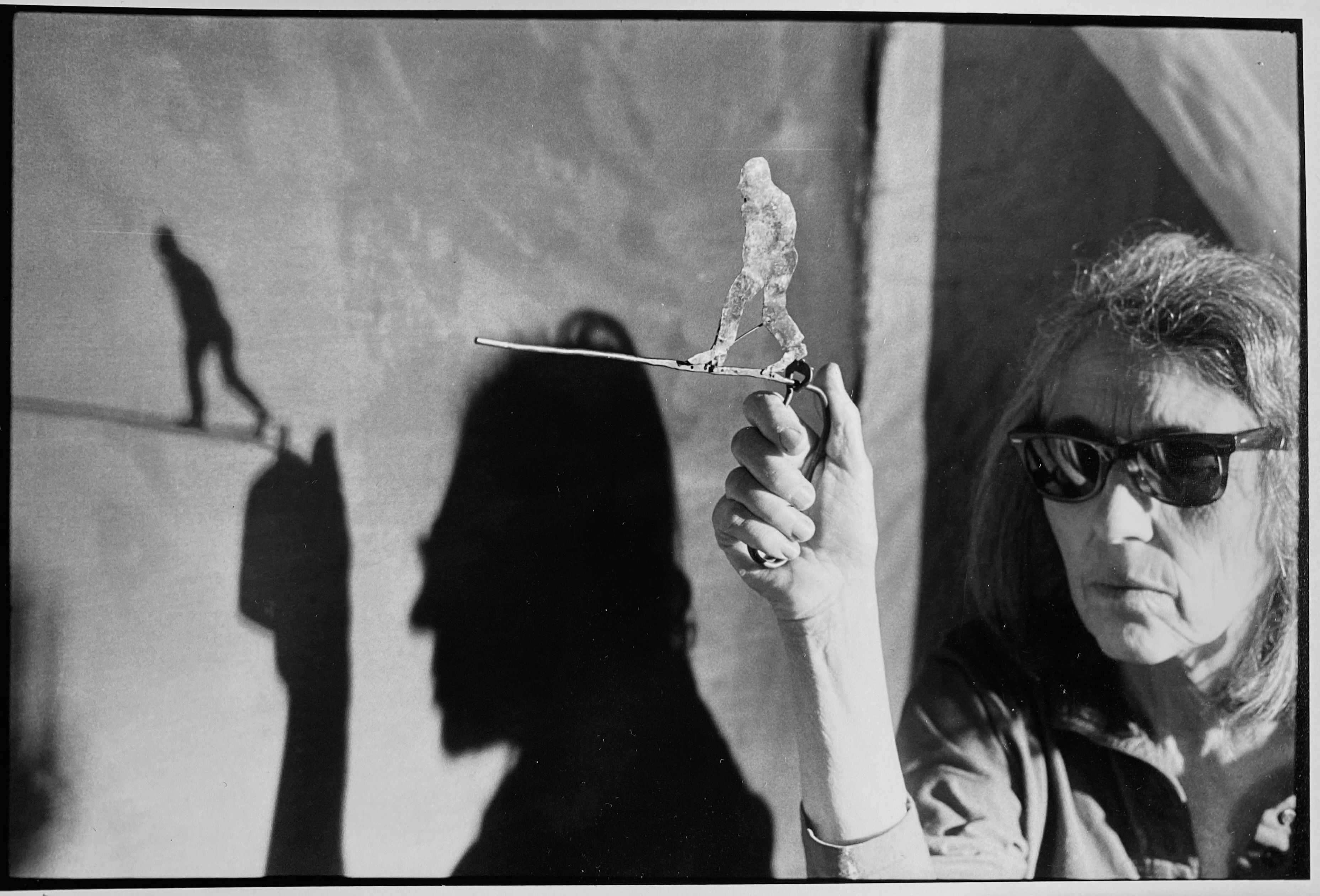 June Leaf’s New York survey captures a life in motion
June Leaf’s New York survey captures a life in motionJune Leaf made art in many forms for over seven decades, with an unstoppable energy and fierce appetite leading her to rationalise life in her own terms.